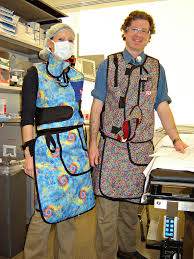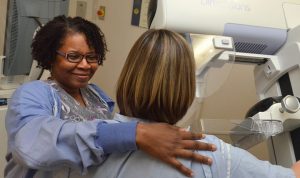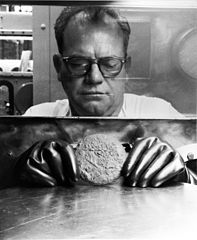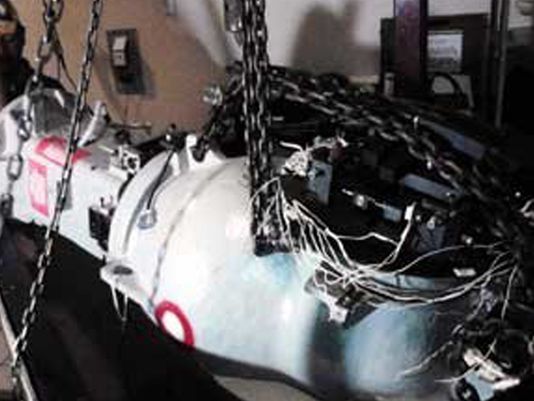Occupational Radiation Exposure Limit: Are You Safe?
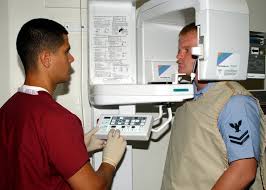
Radiologic technologists and other healthcare workers are exposed to X-rays in the course of their work duties. There are certain occupational radiation exposure limits for X-ray techs. Remaining within these limits is essential for safety in the workplace. Read on to refresh your knowledge on the key safety limits with regards to occupational radiation exposure.
